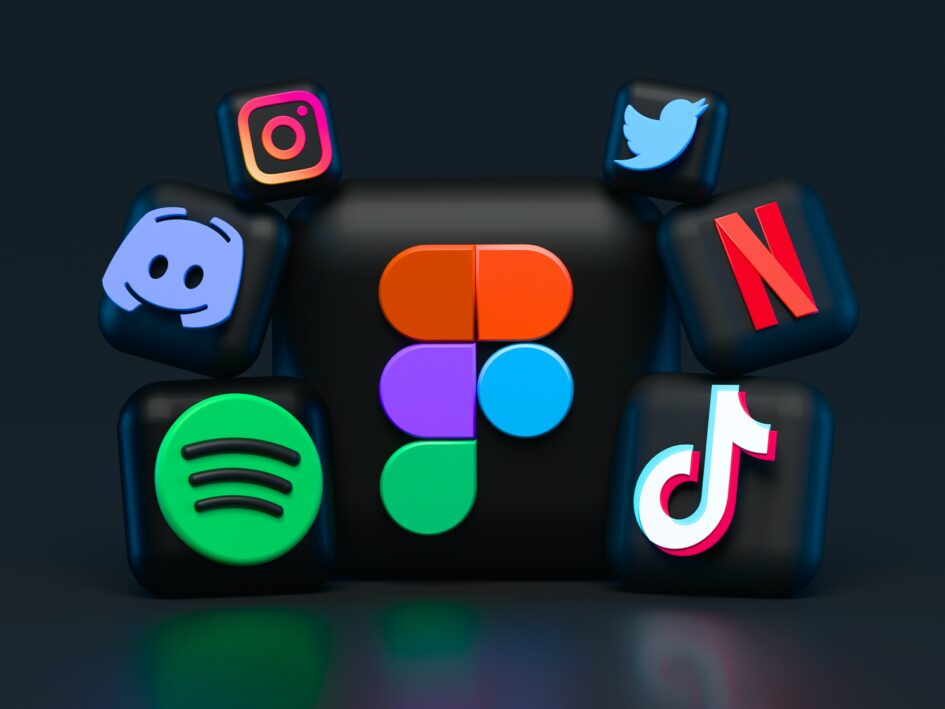Learning paradigms and gamification
Learning paradigms
In my previous learning experiences, I can confirm that I used most of the learning paradigms. behaviorism, cognitivism, and social constructivism. But constructivism was rarely used.
Behaviorism
One of the times I used behaviorism was when I was doing practice problems or memorizing vocabulary. Like the article said this paradigm is to enhance learning through rewards or punishments. When I did the practice problems the first time and then the second time, I would ask myself not to make the same mistakes as the first time, and when I did it the third time, I would ask myself not to make mistakes. When I memorize a vocabulary word, I usually write it 5 times when I can’t remember it. The process of repetition is about punishing yourself, and the reward is the feeling of accomplishment when you get it all right.
Cognitivism
The cognitivism learning paradigm I use is usually self-reflection. At the end of the test, I think about what questions I couldn’t write. After that, reflect on why you made a mistake and correct it afterwards.
Social Constructivism
Social constructivism is the most used learning paradigm. Because there are always many kinds of learning groups in different courses. The learning groups often discuss with each other to solve problems. For example, in EDCI 337, there are groups of four people, and we discuss things that are not clear to each other, and we try to answer other people’s questions as much as possible.

Constructivism
I rarely use the constructivism learning paradigm because I don’t think I can explain to others the problems I don’t know. Usually, explaining to others when you are not clear will make others more confused and may even have a wrong understanding. When faced with a brand-new problem, I think multiple points of view can make the problem more complicated.
Gamification
Nowadays, gamification becomes more and more popular. Through games, students not only learn things they are interested in but even some things they are not interested in learning. At this time, gamification becomes a very important step. If you don’t gamify the app well, there are many problems, such as no one using it, or not learning from it. Here are 9 Examples of Apps Using Gamification for User Engagement. This article shows the importance of gamification. People’s motivation to learn is greatly enhanced through gamified learning. And divergent thinking is trained. This is the reason why the gamified learning style becomes more and more popular.

References:
Khomych, A. (n.d.). 9 Examples of Apps Using Gamification for User Engagement. GetSocial.https://blog.getsocial.im/is-gamification-the-only-way-for-apps-to-survive/
Behaviorism. (n.d.). Learning Theories. https://learning-theories.com/behaviorism.html

2022-05-27 at 6:35 pm
Hi, Xiang
I really like your description of behaviorism, it’s easy to understand. I also use behaviorism a lot to learn. I agree with you, I think positive feelings can encourage us to learn correctly, and punishment can enhance our memory and make us actively not to make the same mistakes again.
The link with examples about gamification is really great! The apps are useful and handy. They make us more willing to actively open the apps and read the boring data and information, and I agree that game-based learning can enhance our initiative.
I have a question and hope to hear from you: have you ever used game based learning? How do you feel about it based on your experience? Do you think it will change your learning paradigms?
Junyang
2022-06-06 at 4:27 pm
Hi, Junyang
Thank you for your approval. I used to have a game similar to memorizing words. I think it is very interesting, but I don’t think it can change my learning pattern. Because I think mixing learning and games make me feel uncomfortable and I can’t concentrate on learning and understanding new things effectively.